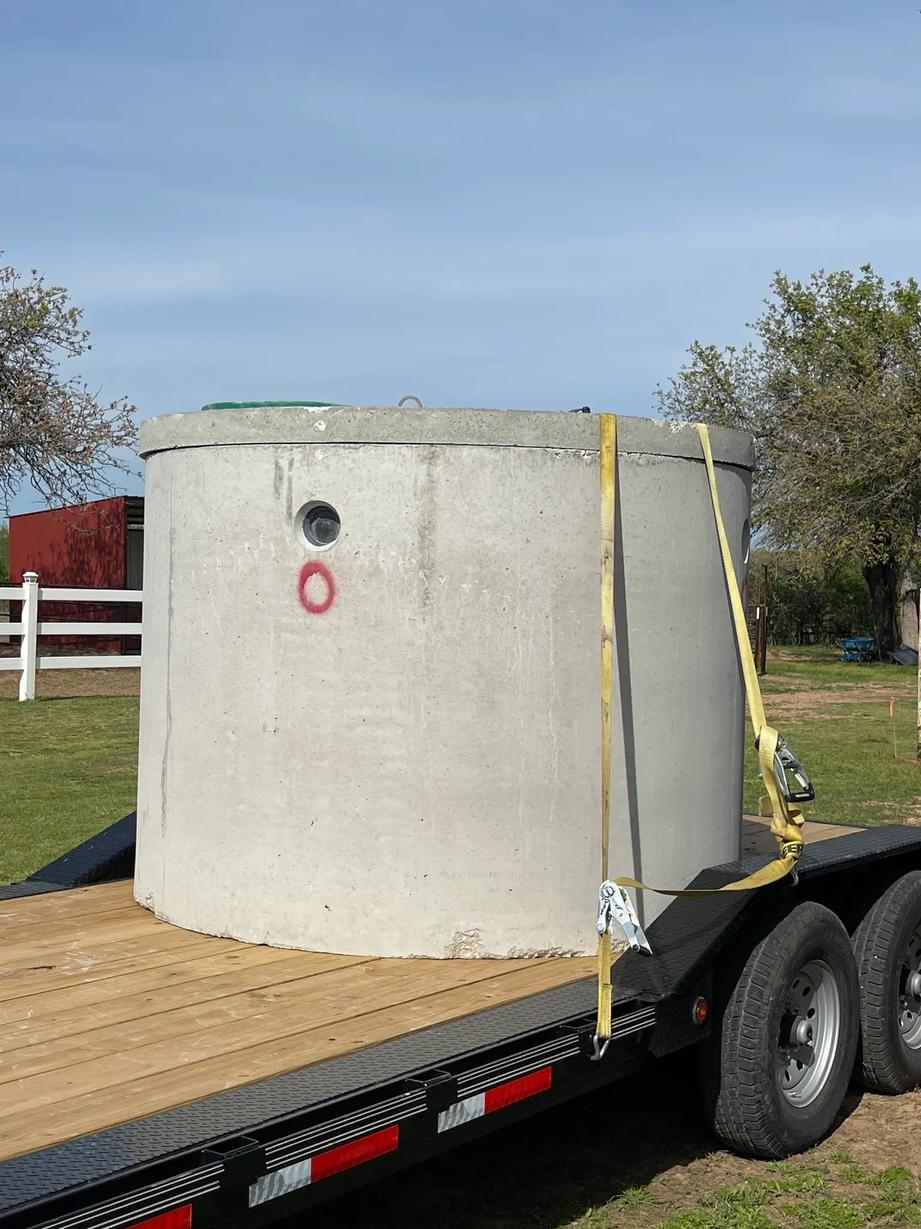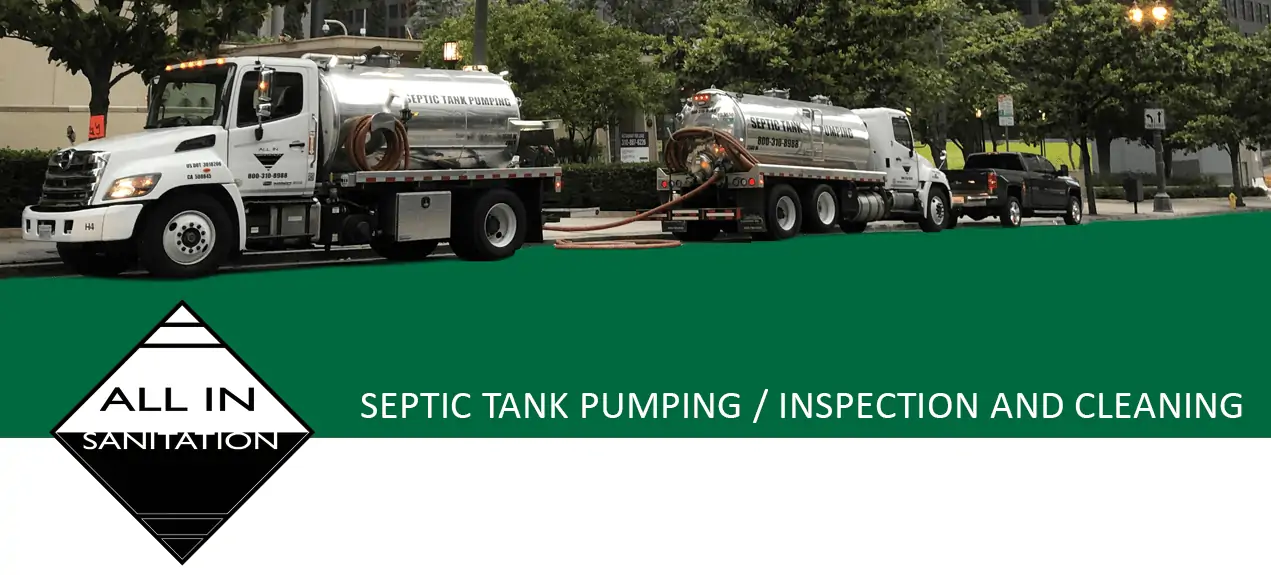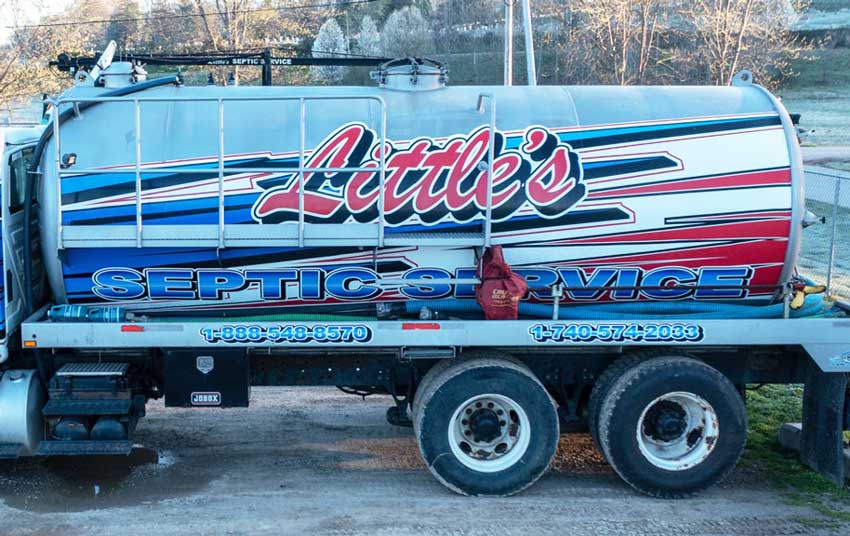The Of Stillwell Septic And Grading
The Of Stillwell Septic And Grading
Blog Article
Stillwell Septic And Grading - The Facts
Table of ContentsFacts About Stillwell Septic And Grading RevealedFascination About Stillwell Septic And GradingStillwell Septic And Grading Things To Know Before You Get ThisThe Buzz on Stillwell Septic And GradingGetting My Stillwell Septic And Grading To WorkThe Greatest Guide To Stillwell Septic And Grading
Repair leaking faucets and pipes components. https://www.tumblr.com/stillwellsag/744741485057015808/stillwell-septic-and-grading-is-a-family-owned-and?source=share. A dripping commode can squander thousands of gallons of water a day. Take shorter showers. Strive for less than 5 and do the shower jive. Take bathrooms with a partially-filled bathtub and do not leave the tap running when doing various other tasks. Laundry just full lots of meals and washing.
What Does Stillwell Septic And Grading Do?
Stay clear of shedding stacks of fallen leaves or branches over the drainfield, as the heat might harm the plastic pipes listed below. Limitation the addition of topsoil or garden compost to no greater than two to 3 inches over the drainfield. Septic Tank Pumping. A great guideline for landscape design over drainfields is to utilize shallow-rooted plants that do not require additional topsoil to thrive
Yard is the very best cover. Stay clear of trees, shrubs, and water-loving plants with deep roots. Lawns, combined wildflowers, and ground covers with shallow roots are great options. Plant trees and bushes at the very least 30 feet away from your sewage-disposal tank and drainfield to keep origins from getting involved in and damaging or blocking the drainfield pipes.
To learn more please check out the Landscape design Your Drainfield web page. A septic system failure causes unattended sewer to be launched and transported to where it should not be. This may create sewer to find to the surface area of the ground around the storage tank or the drainfield or to back up in pipes in the building.
The Only Guide to Stillwell Septic And Grading
The person who drops in gets out without serious injury. A child's awful death is a reminder to check your septic system for harmed or missing lids. https://www.metal-archives.com/users/stillwellsag. Owners of septic tanks are accountable for ensuring the systems are risk-free and feature effectively, including having a secure lid on the containers
Regularly evaluate the condition of the lids for threats or problems. Maintain the lids protected by fixing or replacing all damaged or missing out on components. Usage bolts, screws, or various other locks to secure the lids and protect against simple access. Never drive or park vehicles on top of septic tanks- it can harm or dislodge the cover.
Not known Factual Statements About Stillwell Septic And Grading
Make sure the lids are protected after servicing your septic tank. Educate youngsters that the sewage-disposal tank lids are not to be played on or opened up. Have septic tanks that are no more in operation effectively deactivated. For various other basic secure methods around septic systems please evaluation the Septics 201 DIY Program Septic Security Tips.
Noting the levels will assist determine if there is a prospective problem with the system. The tank will certainly be entirely pumped down, getting rid of all of the fluid and solid waste - Septic Service, Maintenance and Installation. As soon as the tank is completely pumped, the inlet and electrical outlet tees of the will be evaluated to guarantee they are still intact and working properly
The Ultimate Guide To Stillwell Septic And Grading
If you are home at the time of service (completely not called for if that's not your thing) you may be asked to purge your bathrooms to guarantee every little thing is streaming correctly. Once the solution is full, the septic system will be covered as it was when we got here! Professionals recommend having your system pumped every 3 to 5 years but several aspects should be thought about when determining just how typically your sewage-disposal tank needs to be serviced.

If you are experiencing smells in your home, provide us a phone call. This might be a sign of an upcoming septic back up! Potentially. If your septic has not been serviced in even more than 6 months, we would want to service the septic very first. If the issue get more persists, a drainpipe cleaner will then be sent to remove the line to the sewage-disposal tank.
More About Stillwell Septic And Grading

If the ponding is focused over the leach field that could suggest a leach line is blocked with Bio-Mat and needs to be fixed or replaced. A lot of septic systems have two to three covers; one over the inlet side of the septic system (where the water from your home gets in the container), one in the facility of the storage tank, and one on the outlet side of the tank (where the fluid from the container departures to your leach area).
Sliced up food fragments do not break down in the septic tank and can make their escape into your leach area lines creating obstructions. Waste disposal unit, also those marked septic risk-free, are ruled out helpful for your septic system. Correct functioning degree is where the water degree in your storage tank meets the electrical outlet tee of the tank.
Report this page